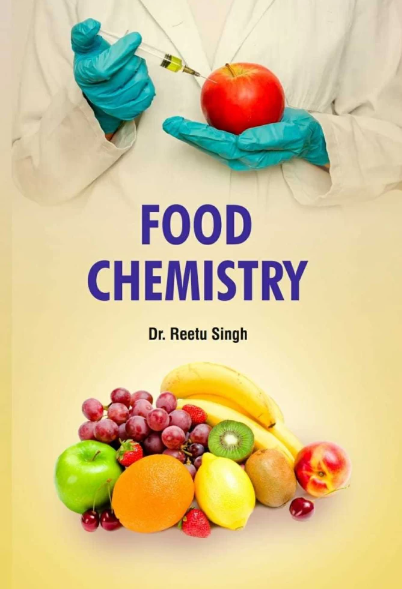Exploring the salt taste-enhancing activity of key peptides and ultrafiltrated fractions from spent hen meat hydrolysate
IF 9.8
1区 农林科学
Q1 CHEMISTRY, APPLIED
引用次数: 0
Abstract
Excessive sodium intake induces high blood pressure related diseases. Salt taste-enhancing peptides (STEP) as a potential salt substitute have gained attention. We found that the spent hen hydrolysates obtained with flavourzyme (F-SHH) and papain (P-SHH) showed significant salt taste-enhancing activity (STEA). Identified peptides (AR, AD, DE, DEAQ, DH, DI, DR, DQ, DY, DW, ELDD, IDD, IEDM, LDD, VD, and VR) with significant STEA in hydrolysates had total concentrations of 2.02 × 104 and 1.40 × 104 μg/g for <3000 Da fractions of F-SHH and P-SHH, respectively, revealing that flavourzyme is more efficient for releasing STEP. AR exhibited the highest SETA, enhanced 21.5 % of the salt taste of 2.93 mg/mL NaCl solution. Both AR and VR dominate the STEA of hydrolysates. Primary sequence analysis suggested that Asp and Arg are crucial for peptides with high STEA. These findings could promote STEP development and application based on sustainable sources and methods in the food industry.
探讨鸡废肉水解液中关键肽和超滤组分的盐味增强活性
钠摄入过多会诱发高血压相关疾病。盐味增强肽(STEP)作为一种潜在的盐替代品受到了广泛的关注。我们发现用风味酶(F-SHH)和木瓜蛋白酶(P-SHH)获得的废母鸡水解物显示出显著的盐味增强活性(STEA)。经鉴定的水解产物中含有显著STEA的肽(AR、AD、DE、DEAQ、DH、DI、DR、DQ、DY、DW、ELDD、IDD、IEDM、LDD、VD和VR),对F-SHH和P-SHH的3000 Da组分的总浓度分别为2.02 × 104和1.40 × 104 μg/g,表明风味酶更有效地释放STEP。AR表现出最高的SETA,在2.93 mg/mL NaCl溶液中盐味增强21.5 %。水解产物的STEA主要由AR和VR决定。初级序列分析表明,Asp和Arg是高STEA肽的重要组成部分。这些发现可以促进STEP在食品工业中基于可持续来源和方法的开发和应用。
本文章由计算机程序翻译,如有差异,请以英文原文为准。
求助全文
约1分钟内获得全文
求助全文
来源期刊

Food Chemistry
工程技术-食品科技
CiteScore
16.30
自引率
10.20%
发文量
3130
审稿时长
122 days
期刊介绍:
Food Chemistry publishes original research papers dealing with the advancement of the chemistry and biochemistry of foods or the analytical methods/ approach used. All papers should focus on the novelty of the research carried out.
 求助内容:
求助内容: 应助结果提醒方式:
应助结果提醒方式:


